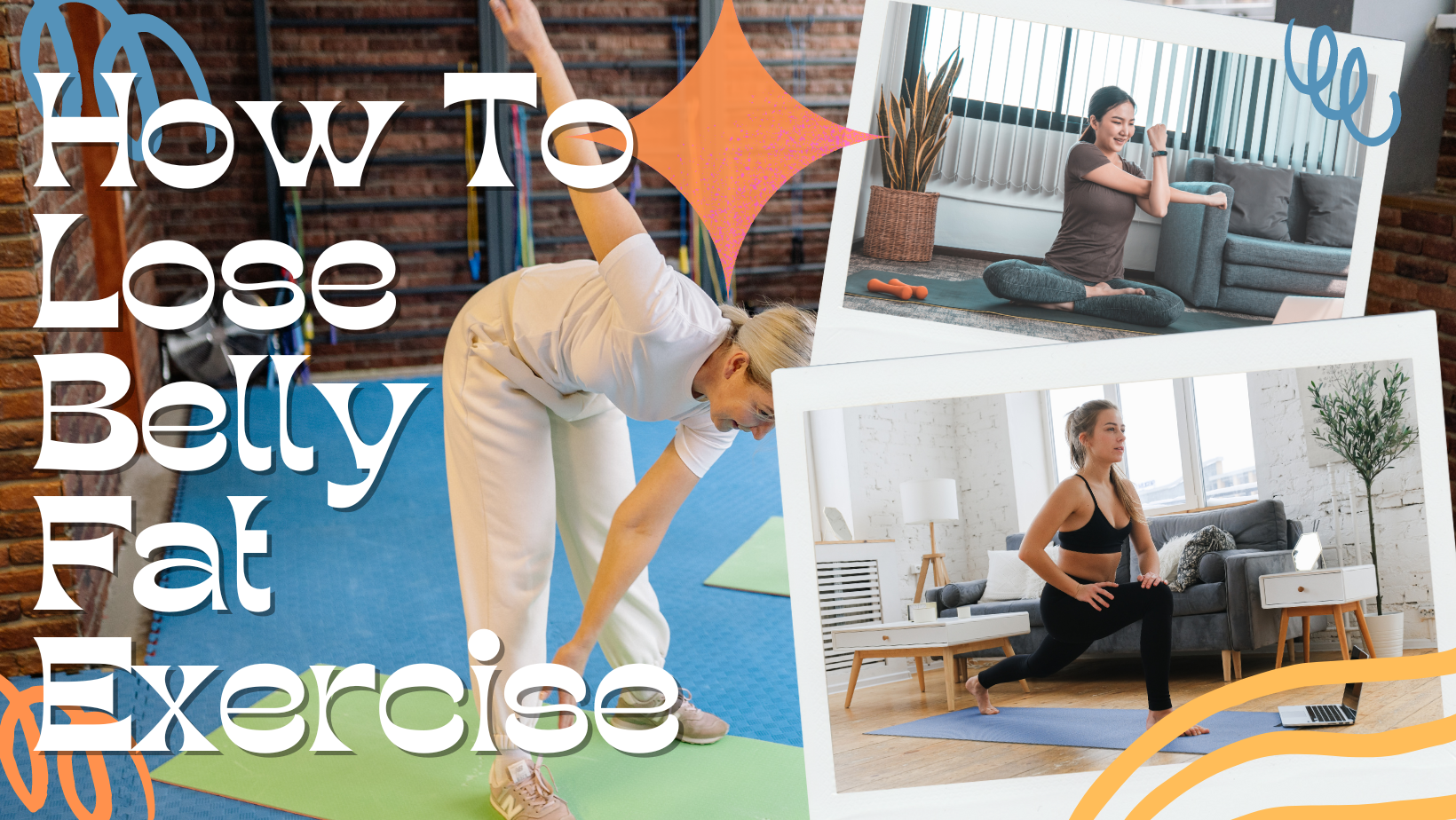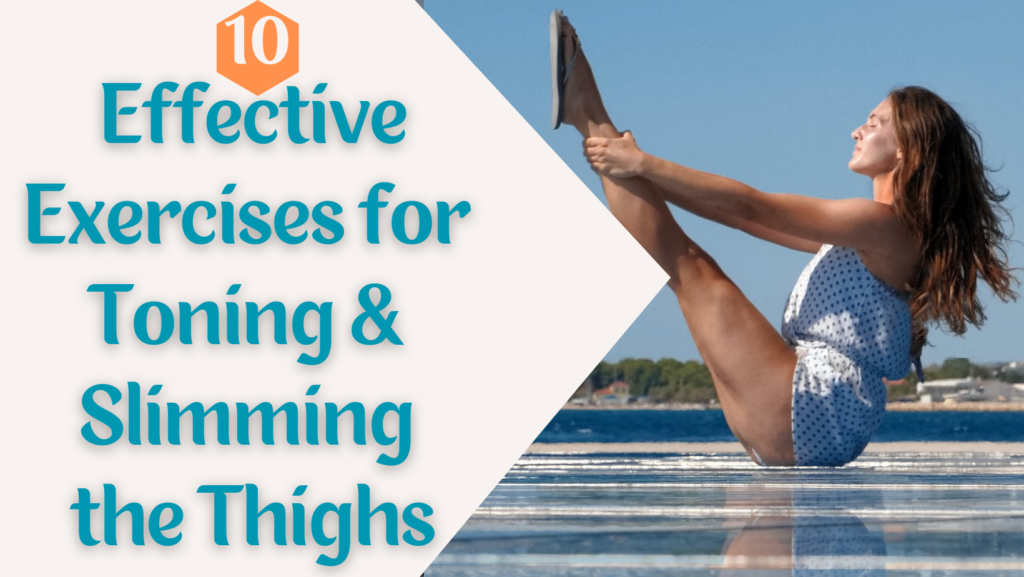So you want to know the secret to shedding that stubborn belly fat, huh? Well, look no further because this article is here to spill the beans on the ultimate exercise routines that will help you get that flat tummy you’ve always dreamed of. Whether you’re a fitness enthusiast or a beginner, these tried and tested exercises are guaranteed to target your abdominal muscles and burn away that excess flab. With step-by-step instructions and tips for maximizing your results, you’ll be well on your way to achieving that toned midsection in no time. Don’t wait any longer – it’s time to take control of your fitness journey and say goodbye to belly fat for good.
HIIT Workouts
1.1 Benefits of HIIT Workouts
HIIT (High-Intensity Interval Training) workouts have gained immense popularity in recent years, and for good reason. This form of exercise involves short bursts of intense activity followed by brief recovery periods. Not only are HIIT workouts incredibly efficient, but they also offer a wide range of benefits for losing belly fat.
One of the primary advantages of HIIT workouts is their ability to significantly increase your metabolic rate. The intense bursts of activity during these workouts cause your body to burn calories rapidly, both during the exercise session and for several hours after. This is known as the afterburn effect or excess post-exercise oxygen consumption (EPOC). In simpler terms, even after you’ve finished your HIIT workout, your body continues to burn calories at an elevated rate.
Furthermore, HIIT workouts are known to be highly effective in reducing visceral fat, which is the fat that accumulates around your abdominal organs and poses a higher risk for various health conditions. Studies have shown that HIIT can lead to a greater reduction in belly fat compared to other forms of exercise, making it an excellent choice for targeting this stubborn area.
Additionally, HIIT workouts offer a time-saving advantage. Traditional cardio exercises often require long durations to achieve similar calorie burn as a shorter HIIT workout. With our fast-paced lifestyles, finding time for exercise can be challenging, but HIIT workouts can be completed in as little as 20 minutes, making them much more feasible for busy individuals.
1.2 Best HIIT exercises for belly fat loss
When it comes to belly fat loss, certain exercises are particularly effective when incorporated into a HIIT workout routine.
- Burpees: This full-body exercise targets multiple muscle groups while elevating your heart rate. Start in a standing position, drop down into a push-up position, perform a push-up, jump your feet forward, and explosively jump up into the air, reaching your arms overhead. Repeat for the desired number of repetitions.
- Mountain climbers: Begin in a plank position with your hands shoulder-width apart. Drive one knee toward your chest, then quickly switch legs, simulating a running motion. Alternate between legs at a rapid pace while keeping your core engaged.
- High knees: Stand with your feet hip-width apart, and rapidly drive one knee up towards your chest while jumping off the opposite foot. Aim to bring your knee to a level parallel to the ground. Repeat with the other leg, alternating knees in a running motion.
- Jumping jacks: Start with your feet together and arms at your sides. Jump your feet out to the sides while simultaneously raising your arms overhead. Return to the starting position and repeat the movement for the desired duration.
Remember to perform each exercise at maximum intensity during the work intervals, followed by short recovery periods. Aim to complete multiple rounds of these exercises to challenge your body and maximize fat burning.
1.3 Sample HIIT workout routine
Try this sample HIIT workout routine to kickstart your belly fat loss journey:
- Warm-up: Begin with 5-10 minutes of dynamic stretches and light cardio exercises such as jogging in place or jumping jacks to prepare your body for the workout.
- HIIT Circuit:
- Exercise 1: Burpees – 40 seconds of work, 20 seconds of rest
- Exercise 2: Mountain climbers – 40 seconds of work, 20 seconds of rest
- Exercise 3: High knees – 40 seconds of work, 20 seconds of rest
- Exercise 4: Jumping jacks – 40 seconds of work, 20 seconds of rest Repeat this circuit 3-4 times, resting for 1-2 minutes between circuits.
- Cool-down: Finish the workout with a 5-10 minute cool-down, focusing on static stretches for the major muscle groups involved in the workout. This will help to prevent muscle soreness and promote flexibility.
Remember to adjust the intensity and duration according to your fitness level. It’s always important to listen to your body and gradually increase the difficulty of your workouts as you become more comfortable and fitter.

Cardiovascular Exercises
2.1 Importance of cardiovascular exercises for belly fat loss
Cardiovascular exercises, commonly known as cardio, play a crucial role in losing belly fat. These exercises get your heart pumping, increase calorie expenditure, and help create an overall caloric deficit, which is essential for losing weight and shedding excess fat.
When it comes to targeting belly fat, cardio exercises are effective because they engage large muscle groups and elevate your heart rate. By doing so, you burn calories not only during the workout but also throughout the day as your body works to recover and restore itself.
Regular cardiovascular exercise also improves your cardiovascular endurance, enabling you to perform physical activities with greater ease and efficiency. This can help you maintain a consistent workout routine and engage in other forms of exercise that complement belly fat loss, such as strength training and HIIT workouts.
2.2 Best cardiovascular exercises for belly fat loss
Various cardiovascular exercises can help you in your quest to lose belly fat. Here are some of the most effective options:
- Running: Running is a high-impact cardiovascular exercise that engages your entire body. Whether you prefer outdoor running or using a treadmill, incorporating running into your routine can help burn a significant amount of calories and target belly fat.
- Cycling: Whether you choose outdoor cycling or indoor cycling (using a stationary bike or attending spin classes), this low-impact exercise provides an excellent cardiovascular workout. Cycling not only burns calories but also strengthens the muscles in your legs and core.
- Swimming: Swimming is a low-impact, full-body workout that is gentle on the joints. It engages multiple muscle groups, promotes cardiovascular fitness, and can be an enjoyable way to burn calories and reduce belly fat.
- Jumping rope: Grab a jump rope and get skipping! Jumping rope is a convenient and effective cardiovascular exercise that can be done anywhere. It elevates your heart rate, burns calories, and engages your core muscles while improving coordination.
- HIIT cardio workouts: As mentioned earlier, HIIT workouts can also serve as a form of cardiovascular exercise. Incorporate exercises like burpees, high knees, or mountain climbers into your HIIT routine to get the benefits of both cardiovascular exercise and HIIT training.
You May Also Like
2.3 Recommended duration and frequency of cardiovascular workouts
To maximize the benefits of cardiovascular exercise for belly fat loss, it’s important to find the right balance between duration and frequency.
For beginners, aim to start with at least 150 minutes of moderate-intensity cardio exercise per week or 75 minutes of vigorous-intensity cardio exercise. Moderate-intensity exercises include brisk walking, while vigorous-intensity exercises include running or cycling at a challenging pace.
As you progress and build stamina, gradually increase the duration and intensity of your cardio workouts. For belly fat loss, consider incorporating at least 250-300 minutes of moderate-intensity exercise or 150-200 minutes of vigorous-intensity exercise per week. Breaking it down into smaller sessions throughout the week can make it more manageable.
However, it’s important to listen to your body and not overexert yourself. It’s better to start slow and gradually increase the frequency and intensity of your cardiovascular workouts to avoid burnout or injury. Consistency is key, so aim for a sustainable routine that you can commit to in the long term.
Remember, consult with a healthcare professional before starting any new exercise program, especially if you have any underlying health conditions.




